Guava
Fruit Borers
Symptoms of damage
Identification of pest
Larva : Pale greenish with pink tinge and fine hairs with dark head
Adult : Yellowish moth with black spots on the wing and body.
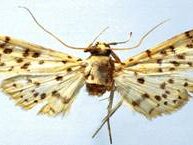
Management
Fruit borers
Symptoms of damage
Identification of pest
Larva : dark brown, short and stout, covered with short hairs
Adult : blusih brown butterfly. Female – V shaped patch on forewing
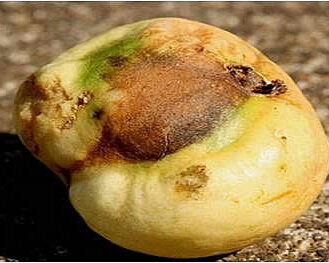
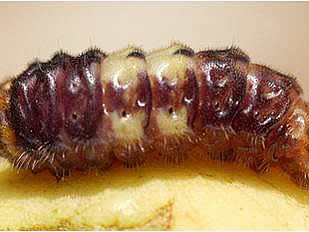
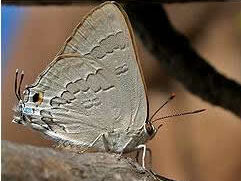
Management
Fruit borer
Symptoms of damage
Identification of pest
Adult : metallic red coloured butterfly
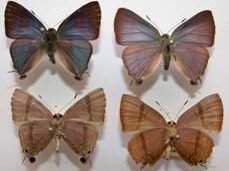
Management
Guava fruit fly
Symptoms of damage
Identification of pest
Adult : Brown or dark brown with hyaline wings and yellow legs

Diachasmimorpha kraussi
Management
malathion 50 EC 2 ml/l
dimethoate 30 EC 1ml/lit, two rounds at fortnight interval before ripening of fruits
Field release of parasitoids such as
Opius compensatus
Spalangia philippinensis,
parasitoid wasp, Diachasmimorpha kraussi
Bark eating caterpillars
Symptoms of damage
Identification of pest
Adult is stout yellowish –brown moth with brown wavy markings on the forewings
Males are smaller than the females.
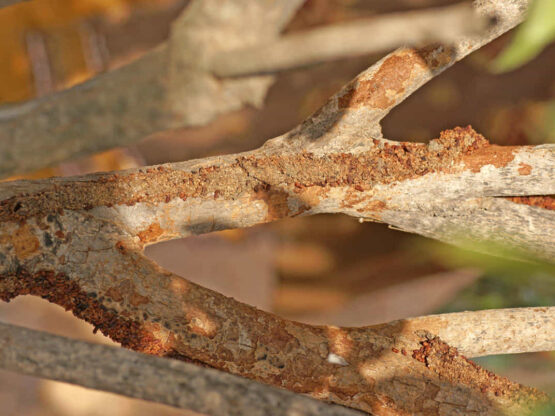
Symptom

Adult
Management
Tea mosquito bug
Symptoms of damage
Identification of pest
Nymph and adult: Reddish brown, elongate bug with black head, red thorax
black and white abdomen
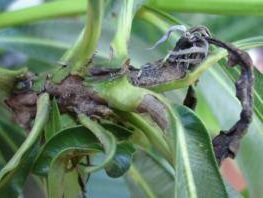

Management
Green Scale
Symptoms of damage
Identification of pest
Nymph: Pale lemon yellow.
Adult – green colour, flat and oval shaped soft scale
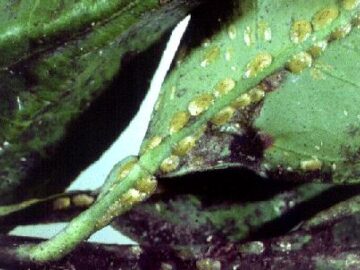
Management
Tailed mealy bug
Symptoms of damage
Identification of pest
Nymph - Yellowish to pale white.
Adult - Females apterous, long, slender covered with white waxy secretions
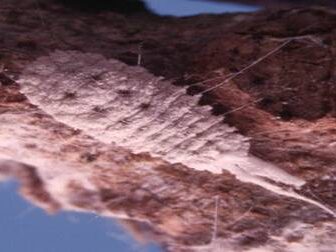
Management
Spiraling whitefly
Symptoms of damage
Identification of pest
Nymph - short glass like rods of wax along the sides of the body
Adult - Powdery white, active during early morning hours.


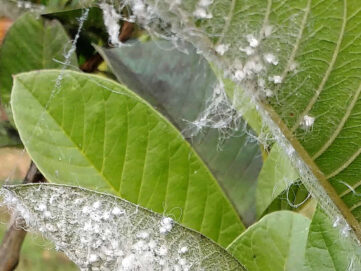
Management
Source: https://tnau.ac.in/
